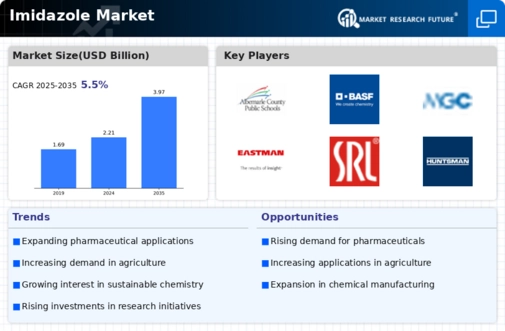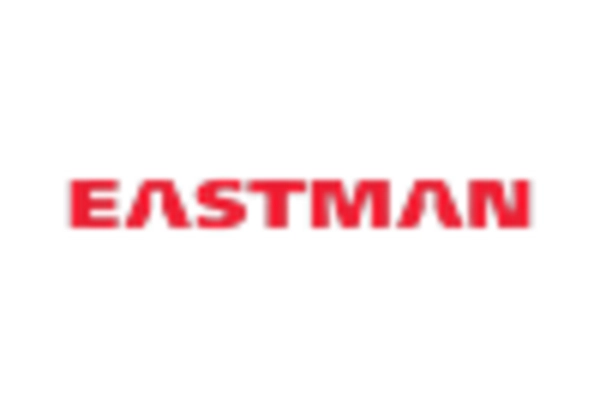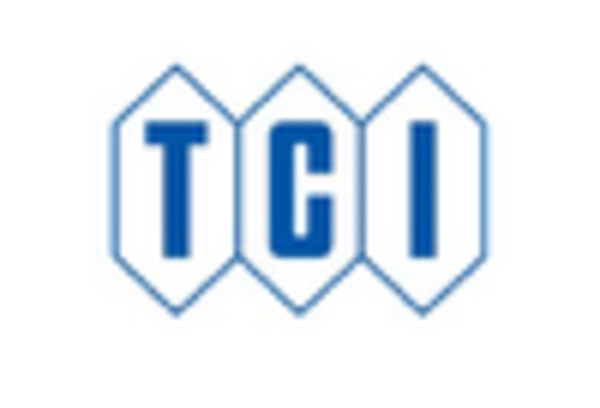The Imidazole Market is characterized by its dynamic competitive landscape, driven by increasing applications across various industries such as pharmaceuticals, agriculture, and chemical manufacturing. Imidazole, a five-membered organic compound with a nitrogen-containing structure, has garnered significant attention due to its unique chemical properties and versatility.
This growing demand has encouraged several key players to innovate and expand their product offerings, leading to heightened competition. Companies are strategizing to enhance their supply chain efficiency and achieve a sustainable market presence by focusing on RD, mergers and acquisitions, and geographic expansion.
Additionally, the rise in manufacturing and consumption of organic chemicals globally contributes to the competitive nature of the imidazole market. As businesses strive to capture market share, understanding the nuances of competition will be vital for stakeholders seeking growth opportunities in this sector.
Hubei Greenhome Fine Chemical has established a notable presence in the Imidazole Market, primarily focusing on the production and supply of high-quality imidazole derivatives. The company is recognized for its commitment to innovation and sustainability, leading to a strong reputation among its clientele.
Hubei Greenhome Fine Chemical boasts advanced manufacturing capabilities and a robust distribution network that enhance its competitive edge. Moreover, its extensive investment in research and development allows the company to refine its product offerings continually, catering to the evolving needs of various industrial applications.
The unyielding dedication to maintaining high standards of quality, alongside providing tailored solutions, highlights Hubei Greenhome Fine Chemical's strengths in the competitive landscape of the Imidazole Market.
Huabao Chemical is another key player contributing to the intricacies of the Imidazole Market. The company's strategic initiatives focus on enhancing product quality and expanding its portfolio of imidazole products to serve diverse applications.
Huabao Chemical benefits from a well-established production framework and a strong emphasis on quality assurance, which positions it favorably in the marketplace. Its commitment to innovation is reflected in ongoing investments in technological advancements and process optimizations.
Additionally, Huabao Chemical actively engages with clients to understand their requirements, enabling the company to remain agile and responsive in a rapidly evolving market landscape. By leveraging its manufacturing expertise and customer-centric approach, Huabao Chemical reinforces its competitive positioning within the Imidazole Market.

















Leave a Comment